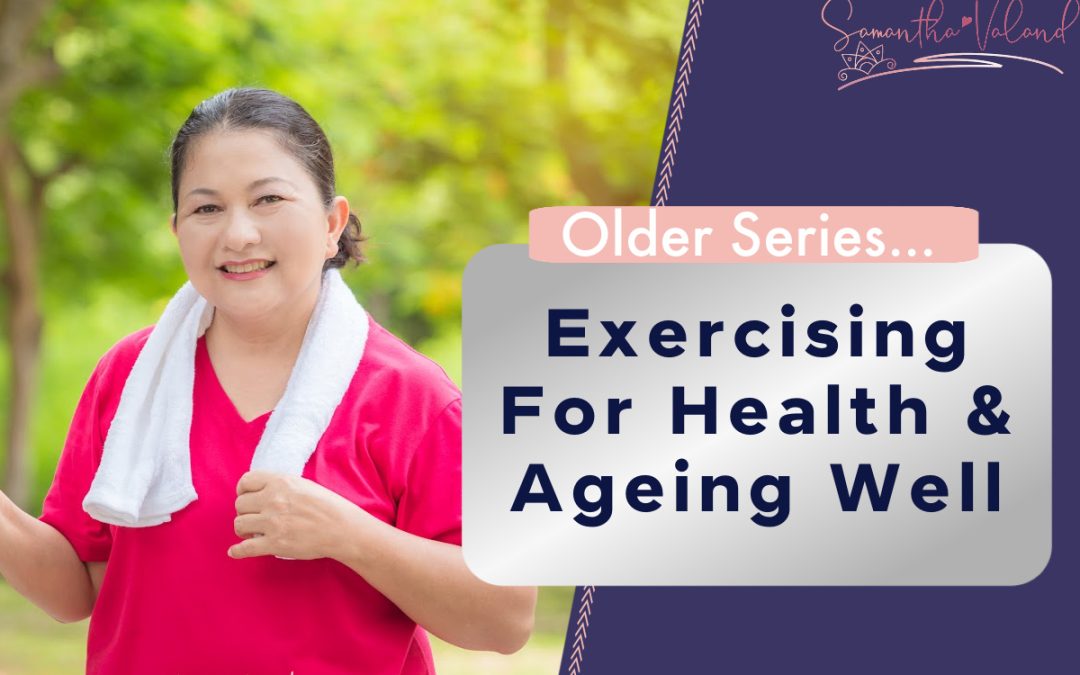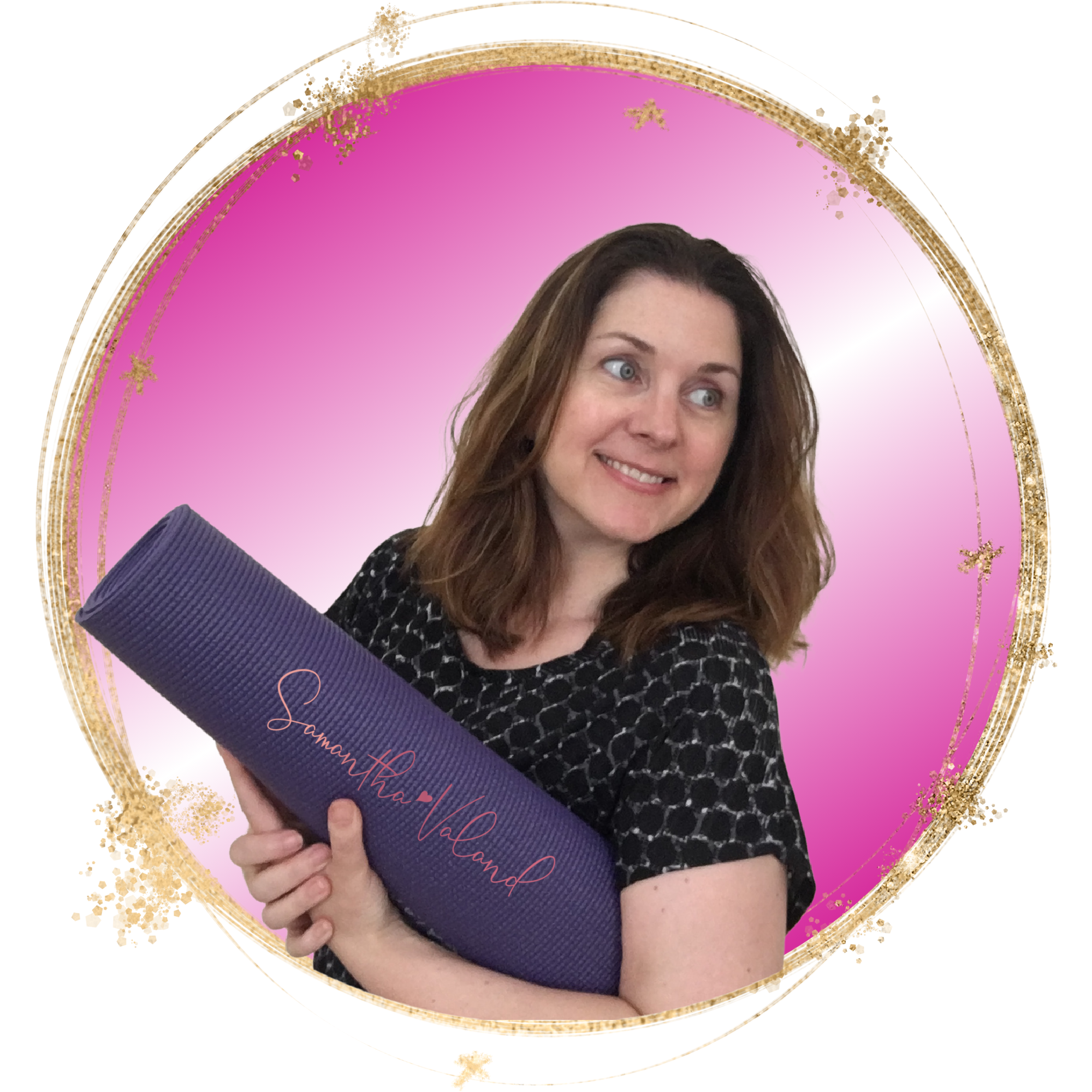Most of us have grown up with the ‘no pain no gain’ mantra and exercising as only a means to manage our weight and to burn calories.
As we get older, our thoughts turn to our health and ageing well. Exercise can play a big part in this but it means changing exercise priorities and thinking about how to exercise a little differently.
Heart Health
Heart health improves with cardio exercise. It may surprise you to know it is just 150 minutes a week of getting out of puff but so you can still have a conversation. For most of us, we are focusing on the length of time rather than intensity, i.e. you can walk rather than run if it gets you out of puff. This can dramatically change what you think you ‘should’ be doing about heart health.
A walk with intensity and including a few stairs can provide as good a workout as a class. These days there are plenty of options for aerobics and dance classes at various levels and price points.
Brain Health
Exercise can help keep your brain active by learning new exercises. Exercises choreographed to music benefit for brain health. There are dance classes specifically for people with Parkinson who notice a positive difference for attending.
Any exercises which you can add a coordination element is worthwhile. I include it the Pilates class I teach and my participants both love them and hate them all at the same time! They can be frustrating, but like most things will only improve if you keep doing them.
Shape
Exercising to change shape is one of our great motivators in exercise. Oddly enough, cardio exercise often reduces our shape (if we need to lose weight) but does not change it.
Our shape will change with muscle strengthen exercises such as weight training and Pilates. Pilates in particular strengthens our core, which is an area, which expands in our menopausal years. Having a strong core can help reduce the size of our midriff
The size of your waist is also a predictor for future health complications of diabetes and heart health. Ideally keeping your waistline under 80 cm.
Flexibility
As we get older, flexibility becomes more important for the basics of being able to do your bra up and put your shoes on with ease. Yoga is known to improve flexibility. If you exercise in the gym it is generally part of your cool-down sequence. It is an important part of exercising. I use a GymBoss which is a timer that I have set to beep at 25 seconds for the stretch and then again 10 seconds later when I have transitioned to the next stretch. It has a duration of 10 minutes to ensure a full body stretch.
Bone Health
Osteoporosis can affect 1 out 2 post-menopausal women. The ‘lucky’ ones are the women who break a bone early on and are diagnosed quickly. They can take be proactive and take the steps they need to keep their bones strong. Bone strength comes from weight-bearing exercises. Exercises performed on your feet for hips and legs and on your hands and knees for shoulders, arms and wrists. Using weights is beneficial and a progressive programme in a gym would useful to follow. In everyday life carry your shopping and take the stairs where you can. Osteoporosis also affects people who are sedentary and do not eat a healthy diet.
Balance
There is a saying that ‘Osteoporosis doesn’t break bones, falls breaks bones’. Improving or just maintaining your balance suddenly becomes an important part of your regular exercise programme. You will find balance exercises in most Yoga classes and some Pilates classes. It is something you can do will waiting for the kettle to boil. Be safe and ensure there is support around you if you need it.
Balance exercises may pop up in other classes. In martial arts based classes where you are kicking, you are balancing on one leg. Great for balance!
Posture
It creeps up over the years and can age your appearance. It is oddly label as ‘bad’ which I always think is badly phrased. Your posture can reflect how you feel as well as how tight your muscles are. Pilates is well known for improving posture
Exercises for ageing well
I am assuming that I will be exercising for the rest of my life. It therefore makes sense that I am including exercises today that I will going to be doing in 20 years time. It is one of the reasons I regularly attend Yoga and Pilates classes.
When older ladies attend my Pilates classes, I see that they struggle with learning new exercises more than performing the exercises themselves, as exercises can also be adapted.
It is also a useful benchmark of noticing when an exercise becomes easier or more difficult over time.
Occupational Hazard
Most jobs are repetitive in nature, which means we are often sitting or standing for long periods. It can become useful to include exercises or stretches that help negate that. If I am standing teaching for long periods of time, then the Cat stretch feels great to stretch and move my back. If I am sitting then simply walking can help alongside hip flexor stretches.
Reduce Stress Levels
You can become more sensitive to stress as you go through the menopause. Including exercises that help lower stress, levels such as Hatha Yoga are beneficial to everyday health. As a progressive exercise programme by definition stresses the body a wee bit. It is useful to note how exercise is making you feel. If it is more tired that you started then you need to change something so that you are feeling energised instead!
Enjoyment
I have left one of the most important aspects of exercise to last, and that is exercise is enjoyable, that is where the consistency lies. If you enjoy something, you are more likely to do it more regularly than if you do not enjoy it but think you ‘should’ do it. Creating endorphins through exercise helps to keep you motivated and keep going. There will be aspects of exercise that are meh, but finding something that you enjoy or is a challenge is an important part of keeping going.
General Exercise Advice
- If you are new to exercise, please check with your doctor in the first instance.
- Having a personalised session would greatly benefit and speed up your progress. Find someone who is qualified and has experience-teaching adults that are 40+.
- I have been generic in saying Pilates or Yoga is good for something. The reality is you need a good Pilates or Yoga teacher to help you learn; it always comes down to the teacher’s individual experience and qualifications. Going to a Pilates class isn’t enough. It has to be a class where the teacher corrects you, you feel confident performing the exercises, and that they are appropriate for you. Classes are generic, particularly in gyms. Small classes are best.
- American College of Sports Medicine (ACSM) have guidelines on exercise activity levels if you are not sure on how much exercise to do each week. Click here
If you enjoyed this blog, you’ll also love this one:




